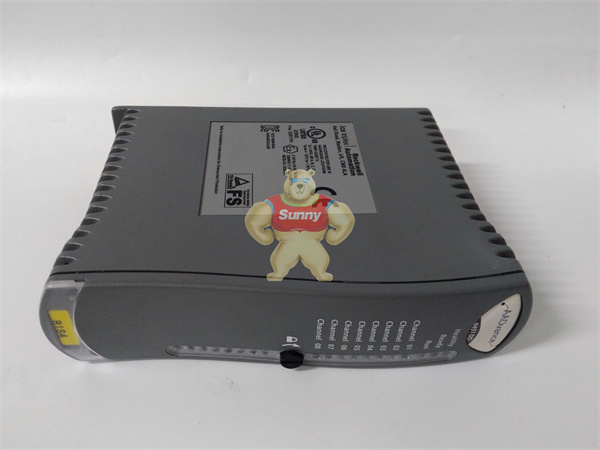With the continuous breakthrough of artificial intelligence technology, machine vision has become the application and technical direction of AI deep learning. Whether it is humanoid robots or intelligent driving, it is an important direction of machine vision landing, and machine vision has become a necessary prerequisite for AI to enable thousands of industries.
It has obvious advantages and promotes the intelligent development of industrial manufacturing
As an important branch of artificial intelligence, machine vision automatically receives and processes images of real objects through optical devices and non-contact sensors, obtaining the required information or devices used to control the movement of robots.
The core of machine vision is through the “machine eye” to replace the human eye, a complete machine vision system includes hardware and software two parts, the hardware is mainly light source, lens, camera, image acquisition card, etc., the software is mainly machine vision algorithm, application software, etc.
Compared with human eye observation, machine vision has great advantages in accuracy, speed, efficiency, reliability, objectivity, adaptability, etc., and it is also an important direction for the development of digital and intelligent industrial manufacturing.
The scope of application has gradually expanded, and the market scale has continued to expand
It should be noted that in recent years, with the continuous evolution of technologies such as artificial intelligence, big data, robotic process automation and 3D imaging, machine vision has become more and more widely used in fields such as hyperspectral imaging, thermal imaging industrial inspection, industrial robots, and cloud deep learning, which has promoted the growing demand for machine vision technology in various fields.

T9451

T9451
At present, 3C electronics is the most important application field of machine vision. In manufacturing production, machine vision is widely used to assist production, such as electronics and semiconductors (integrated circuits, PCBS, electronic components, etc.), automotive (auto parts), lithium batteries, food packaging, packaging and printing and logistics industries.
From the perspective of the industry chain, machine vision includes underlying components, upstream components and software, midstream equipment manufacturing/system integration, and downstream industry applications. According to the calculation of Tianfeng Securities, the cost value of upstream parts and software development is the largest, accounting for up to 80%, the cost value of equipment manufacturing/system integration accounts for 15%, and the maintenance cost accounts for 5%.
According to the data statistics of the billion Ou think tank, the size of China’s machine vision market will exceed 20 billion yuan in 2022, and it is expected to reach 39.3 billion yuan by 2025, and the compound growth rate of the industry from 2020 to 2025 is expected to reach about 31%.
Domestic enterprises are trying to catch up and gradually narrow the gap
From the perspective of the competitive pattern of the machine vision industry, the head enterprise in the international market has a huge advantage, and the market share of three companies such as Cognex, Germany’s Basler and Japan’s Keenshi exceeds 60%, and overseas giants gradually form scale effects.
In contrast, China’s machine vision industry started late, and domestic machine vision enterprises are more vision systems and solution integrators, and the control ability of the core parts of machine vision is weak, and the operation ability of the whole product line still needs to be improved.
It is worth mentioning that in 2020, the market share of domestic industrial machine vision brands exceeded that of foreign brands for the first time, accounting for 52%. Listed companies in the layout of machine vision-related businesses are also fully promoting research and development work, striving to narrow the gap with foreign brands, and further improve the core competitiveness and market influence of domestic brands.
 1 Year Warranty
1 Year Warranty





